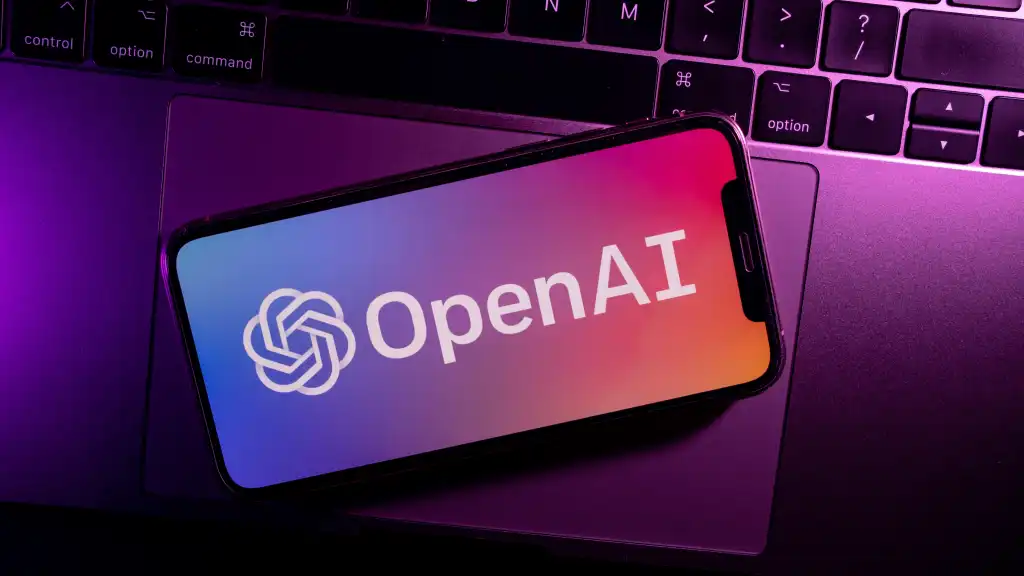
ChatGPT Sends Millions to Verified Election News, Blocks 250,000 Deepfake Attempts
AI
Zaker Adham
09 November 2024
10 July 2024
|
Zaker Adham
Summary
Summary

San Francisco, a city synonymous with technological innovation, is abuzz with discussions about artificial intelligence (AI). Advertisements promise workplace transformations, and conversations in local bars frequently revolve around the anticipated arrival of artificial general intelligence (AGI)—when machines surpass human capabilities. The tech giants Alphabet, Amazon, Apple, Meta, and Microsoft, all of which have a significant presence in the area, are investing heavily. This year alone, they are projected to spend around $400 billion on AI-related capital expenditures, research, and development.

In this hub of technological advancement, it's almost a given that AI will revolutionize the global economy. However, for AI to truly reach its potential, businesses worldwide must adopt the technology, tailor it to their specific needs, and boost productivity as a result. Investors have already added over $2 trillion to the market value of these five tech giants in the past year, anticipating an increase of $300-400 billion in annual revenues. This projection equates to adding the equivalent of another Apple’s worth of sales. Despite these lofty expectations, the tech leaders are far from realizing such outcomes. Even the most optimistic analysts predict Microsoft will generate only about $10 billion from generative AI sales this year. Beyond the West Coast of America, there's little evidence that AI is making a significant impact.

One major hurdle is the adoption rate. Various reputable sources provide startling estimates of generative AI usage. According to a recent McKinsey survey, nearly two-thirds of respondents claim their companies are regularly using AI, almost double the previous year's figures. Similarly, a report by Microsoft and LinkedIn indicates that 75% of global "knowledge workers"—those who spend their days in front of computers—are using AI. These reports suggest that we are already living in an AI-driven world.

AI
Zaker Adham
09 November 2024

AI
Zaker Adham
09 November 2024

AI
Zaker Adham
07 November 2024

AI
Zaker Adham
06 November 2024